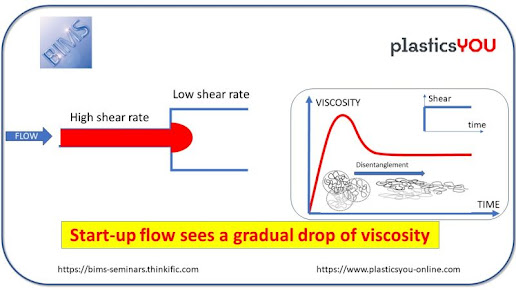BASF Introduces Partly Bio-based Ultramid® S Balance PA 6.10 for Monofilament Applications
BASF is now globally offering Ultramid® S Balance in a version for monofilament applications. The high performance polyamide 6.10, partly based on renewable resources, is available in various viscosities. The bio-based sebacic acid, which is used to produce Ultramid® S Balance, originates from the castor oil plant. In compounded and glass-fiber reinforced versions, BASF has already introduced the material in different commercial applications, e.g. in a design lamp or automotive quick connectors.
"The demand for bio-based raw materials is increasing worldwide", says Hermann Althoff, Senior Vice President of the Global Polyamide and Intermediates Business Unit. “The introduction of Ultramid® S Balance for monofilament applications is another contribution of BASF to support this trend."
Polyamide 6.10 offers unique mechanical properties such as higher dimensional stability and softness compared to polyamide 6 orpolyamide 6.6. Many of the benefits arise from less moisture absorption and higher carbon content. Due to its specific properties, Ultramid® S Balance can be used in various monofilament applications, e.g. filters for paper machine clothing or industrial brushes, as well as textile fibers and different engineering plastic applications.
High performance Ultramid® products for the engineering plastics, film, fiber and monofilament industry:
With more than 60 years of experience, BASF is one of the leading suppliers of high quality polyamide and polyamide intermediates for the engineering plastics, film, fiber and monofilament industry. The line of products include Ultramid® B (polyamide 6), Ultramid® C (polyamide 6/6.6 copolymer) and Ultramid® A (polyamide 6.6). The product offerings are supplemented by technical services for our customers.
BASF operates Ultramid® polymerization plants in Ludwigshafen, Germany; Antwerp, Belgium; Freeport, Texas and São Paulo, Brazil. The production of polyamide for film, textile and carpet fiber as well as for engineering plastics applications is integrated into BASF's global Verbund structure with polyamide intermediates (i.e. adipic acid, anolon, caprolactam), chemical raw materials (i.e. ammonia, cyclohexane, sulfuric acid), energy, by-product recovery, logistics and other services.
Source: BASF


Comments
Post a Comment